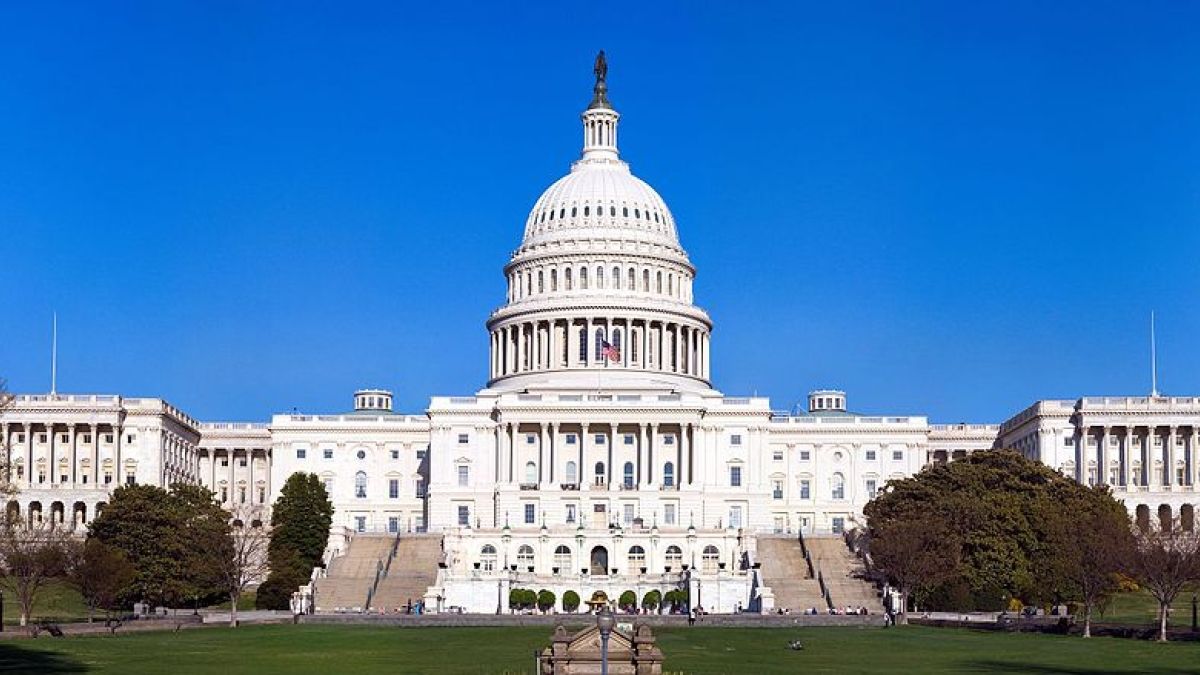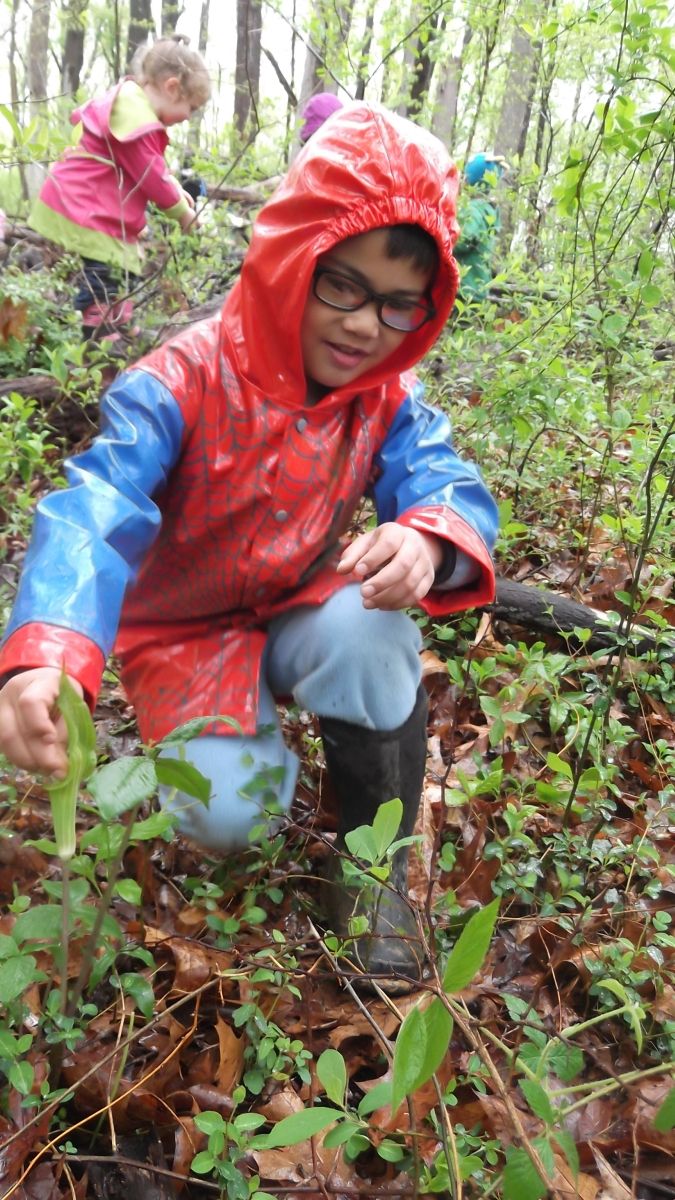
Natural Start’s parent organization, the North American Association for Environmental Education (NAAEE), is an international environmental education association, complete with its own policy director who regularly travels to Capitol Hill to advocate for policies that create opportunities for environmental education. Like many people in our field, I used to picture just this kind of work when I heard the word “advocacy.” I thought it was for policy professionals, and I was content to leave it to them.
What I’ve learned over the years, however (and I wish I had learned it sooner), is that advocacy can take many different forms. I’ve worked with some of the most talented and effective advocates for children, and I am certain many of them didn’t even know how powerful they were.
So I want to share with you three key lessons that I’ve learned about advocacy to help you harness the power of your inner advocate.
What is Advocacy?
But first, let’s be sure we’re on the same page when we talk about advocacy. Here’s one definition of advocacy: “public support for or recommendation of a particular cause or policy.”

There are two key ideas in this definition. First, the support has to be public. If you think connecting children to nature is important and you spend your money to build a beautiful, natural outdoor play space for children at your childcare center or in your backyard, that is wonderful, but it isn’t advocacy. To be an advocate, you have to have an audience.
And the second part of the definition that’s important: A particular cause or policy. All of us think connecting children to nature is important. Frankly, almost everyone in America thinks connecting children to nature is important. Advocacy comes in when we’re striving for something in particular: safe routes to school so children can walk or ride bikes to school, open spaces that make nature play accessible, more time outside during the school day, etc.
As an example, at Natural Start, we have three key objectives with our advocacy work. We focus on childcare settings, and our goals are to:
- Increase children’s time outside in childcare settings,
- Improve the quality of outdoor environments for children, and
- Ensure that children experience high-quality environmental education in those outdoor settings.
So advocacy is always a balance between what you want, and who you need to convince to get it. The “what” is a specific ask and the “who” is a strategic decision about who is in the best position to help you get it.
Lesson One: So Many Opportunities
When you are thinking about what you want and who can make that happen, there are so many opportunities for change. There is a huge spectrum of opportunities from federal legislation or policies (or we could go even farther and think about international agreements, United Nations proclamations, etc.), through state-level agencies like state departments of education or licensing agencies, down to local school districts, or individual schools, or even working directly with families. People are making decisions every day that affect young children, and we have so many opportunities to influence them.
It’s also important to remember that advocacy is not always about trying to enact new policies, as people sometimes think. There are many different kinds of policy asks:

Irvine Nature Center
A new policy—Sometimes, there isn’t a policy in place to ensure the outcome you want. In this case, you do need a new policy. As an example from our work at Natural Start, we’d like to see specific policy commitments that ensure that children get outside for at least 30 minutes every three hours in childcare. In some cases that policy doesn’t exist, so that’s a new policy that we’d be looking for.
A clarification or interpretation of a policy—Sometimes policies are in place, but they’re not being interpreted in your favor, so your goal is to clarify the policy to get what you want. An example of this that we see far too often is policies that say children should spend time outside, “weather permitting.” In this case, we need to provide guidance about what constitutes bad weather. If children don’t go outside every time it threatens to rain, they are missing a lot of wonderful opportunities to experience nature. A surprising amount of outdoor activities are perfectly allowable under current regulations in childcare settings, but center operators and licensing agents sometimes need convincing.
A priority shift—Sometimes policies are in place, and they are clear, but they are such a low priority that they’re not being implemented. For example, in Ohio, policies were developed to require that children in childcare centers spend a certain amount of time outdoors every day, which seems like a big policy win. But, when researchers monitored children to find out how much time they were actually spending outside, an alarming proportion of the children were not getting the required amount of time. It seems that outdoor time was not a high priority for many schools. So the advocacy would need to shift to the schools to increase the priority of time outside for children.
Lesson Two: Play the Long Game
Advocacy takes time. It is never, ever something that is accomplished overnight, so take heart. As you are working for change, put yourself in a frame of mind that you are playing the long game and stay positive.

And here’s one reason (not the only reason, but an important one) that it takes time: Advocacy is often about relationship building. Although you might have a specific policy change in mind, you are not necessarily always actively advocating for that. You have your goal in mind, but you have to build a relationship with your decision makers so that they trust you. Decision makers have to think of you as a trustworthy and knowledgeable partner, and that takes time.
And then you have to be patient to wait for opportunities to capitalize on those relationships to get things done.
Dr. Patti Bailie, now a professor of early childhood education at the University of Maine Farmington, once told me a story that I think demonstrates some of this. Before she was a professor, Dr. Bailie was the director of the Schlitz Audubon Nature Center’s nature-based preschool. The school regularly takes the children out into the “wild” areas of the center beyond the fenced schoolyard. Their licensing agent became concerned about the risk of tick bites to the children while they were out exploring the woods, and shared that he was thinking that it might be better to restrict the children to the fenced area to reduce their risk.
So the preschool had to become an advocate for themselves. They wanted a clarification that licensing rules pertaining to risks from insect bites don’t preclude exploring the woods. So they provided all of their risk management plans, how they educate their teachers about reducing the risk, and they showed him the tick removal kits they bring with them every time they are outside so they can quickly remove any tick that they might find on a child or teacher.
The agent was satisfied and issued an exception. So it was an advocacy win for sure. But because they had such a good relationship with their agent and worked with him to provide information, it became an even bigger win. He contacted them to ask if they would give him one of their tick removal kits so he could share it with other programs. He was so impressed with their policy that he was ready to allow other programs to go out exploring too, and he even wanted to help them see how to do it safely.
So because they built that strong relationship and stayed engaged, they were able to change policies at other schools in their area and it became a much bigger win. Their decision maker actually became their advocate. But it took time and a strong relationship.
Lesson Three: Big Goals Require Big Networks
You are going to need allies. That is just the nature of this work. You should not feel like you are less effective because you need help. Whether it’s talking with other parents, learning from other childcare centers, or organizing a regional association, you need to develop powerful networks.

And the bigger your goal, or the broader the impact you want it to have, the bigger your network will have to be. Again, no one does this work alone. At NAAEE, we have calls every other week with our advocacy partners sharing information, what we’re hearing, helping each other gather information or materials, and working together.
And that’s the idea behind the Natural Start Alliance. We are an alliance because we are stronger together. Everyone in the Alliance wants a great start for the children in their lives, and most of us also want to ensure that every child gets those opportunities. Natural Start members work in different ways—by being family advocates, providing curriculum, sharing our stories at professional conferences, working with licensing agents, designing outdoor spaces, writing books, engaging faith communities. I could go on and on about the creative ways that our members do their incredible work. At Natural Start, our goal is to link that work to boost our collective impact.
We’ve already come so far in our work together, but, of course, we still have much to do. What’s exciting is that we already have the skills we need to be advocates for children. This work is for everyone. If I ever start to doubt that we have what it takes to see the future we want, I think about one of my favorite quotes from anthropologist Margaret Mead: “Never doubt that a thoughtful, committed group of citizens can change the world. Indeed, it’s the only thing that ever has.”
About the Author: Christy Merrick is the former director of the Natural Start Alliance. She has spent her career in environmental education, working in a variety of settings from international nonprofits to government agencies to local conservation organizations. She now serves as a special advisor to the Alliance, and is leading Natural Start's project to generate a common set of best practices in nature-based education for young children.